Oman
General
The Sultanate of Oman is situated on the southeastern coast of the Arabian peninsula. It is among the hottest countries in the world - you'll need to be selective about when you visit. Mid-September to mid-March is best.
The current Sultan came to power in 1970. Sultan Qaboos bin Said al Said is a moderniser: one of his first acts was to abolish slavery. He then started an ambitious programme of building schools, hospitals, roads, telecommunications, ports and airports. The country was transformed from an economic backwater into a modern country with a well-developed infrastructure. The Sultan is highly regarded by Omanis and ex-pats alike. It's an interesting, thriving place.
Having said that, this is not a Western democracy. The law prohibits criticism of the Sultan or his government in any form. You should be aware of the cultural differences. https://en.wikipedia.org/wiki/Oman.
Omanis are friendly and hospitable. Of a population of just over 4 million, about a quarter are ex-pats. The UK Foreign Office carries no significant warning: https://www.gov.uk/foreign-travel-advice/oman. The people are Islamic, so decorum in dress and behaviour is encouraged. This is a proud country, with a long rich history. Their customs are different. For example, it's considered impolite to offer a tip to an Omani, whether a waiter, a concierge or a taxi driver.
There are over 3,000 kms of coastline, and this is one of the most popular diving destinations in the region. There are some great snorkelling spots, with good marine life and, apparently, interesting coral reefs.
The climate is hot, with little rain, especially in the north. When we were there, we went to a wadi which was 50°C. That's hot. Most people tend to prefer December to March, when temperatures are lower.
Currency: Omani Rial.
1 OMR = £1.93 = € 2.18 = US$ 2.60
Flight time 7 hrs 45 mins.
Time in Oman: UTC + 4.00 hours
Entry requirements: valid passport, return ticket, visa.
Visas? All visitors need a visa. You can apply for a 30-day visa on entry, costing about £10. Visitors for less than 48 hours can get a free visa. You could check out e-visas: https://evisa.rop.gov.om.
It's actually better to get a visa when you arrive. If you have a pre-arranged visa, you join a different queue which always has significantly more people and takes longer to get through passport control. Don't worry if you don't have Omani Rial, as you can get them at the visa desk or pay by credit card.
(written February 2018)
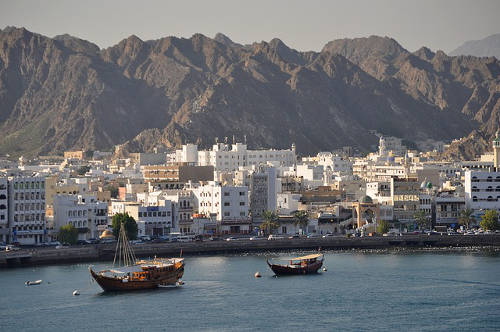
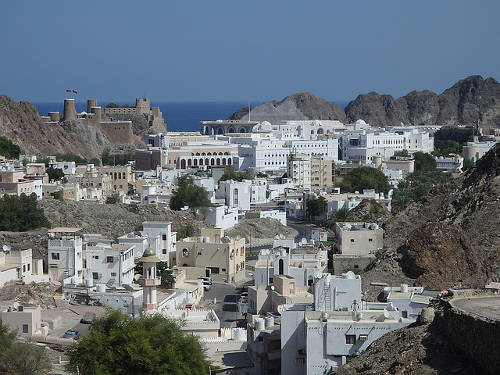
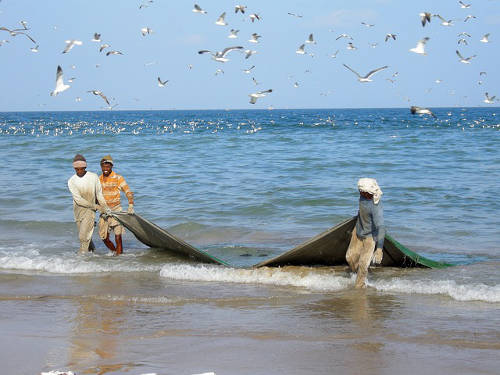
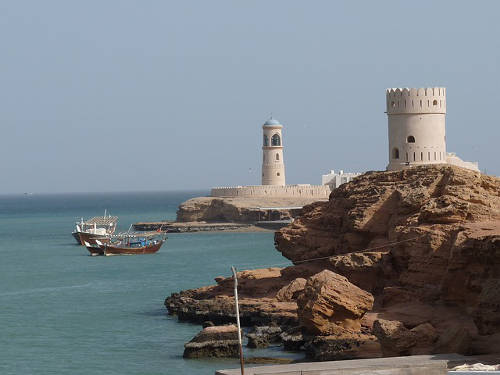
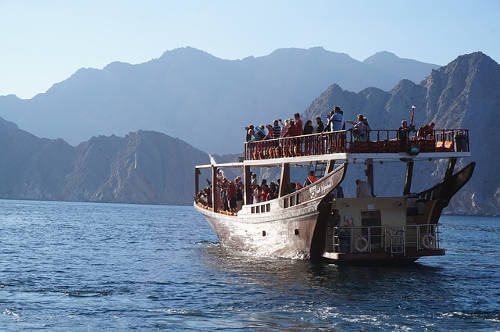
Climate charts for Muscat, Oman
This is one of the more unusual climate charts, from a European perspective. Rain is not a problem - it rarely happens. Sea temperature is always comfortable.
However, day and night air temperature are important. The most popular tourist period is the winter - September to April - when average temperature is 25°C during the day and 20°C at night. It gets very hot during May, June, July - you can only be outside for ten or fifteen minutes at a time. So, check your target months carefully. http://www.holiday-weather.com/muscat/averages/
The UK Foreign Office does not currently provide any warnings about Oman.
Oman, 2008
We stayed in Muscat in May 2008. The snorkelling was great - this is an interesting part of the world for snorkelling - but this was early on in our snorkelling career: we hadn't checked the temperature properly. It was really hot. So we didn't get out of Muscat much.
We are in contact with some people who lived in Oman, who snorkelled a lot. We hope to bring you a report from them soon.
The Jewel of Muscat
We tend to be quite insular in Europe - we don't know what people in other countries are up to. So, most people have heard of the Kontiki expedition, but very few people know about the Jewel of Muscat - an equally exciting adventure.
It started in 1998, when fishermen off the island of Belitung in Indonesia began finding pottery in their nets. It turned out that an Arab dhow had sunk there in 830 AD. The boat was a long way way from its home in Oman, and was built in an unusual way - the planks were sewn together with coconut fibre. It was an astonishing journey for a small boat to make.
The Sultan of Oman was intrigued by the story, and the Omanis decided to rebuild the ship with traditional techniques, and re-create the voyage using only 9th Century navigation, and wind power only. They started from scratch, so everything had to be learned from new.
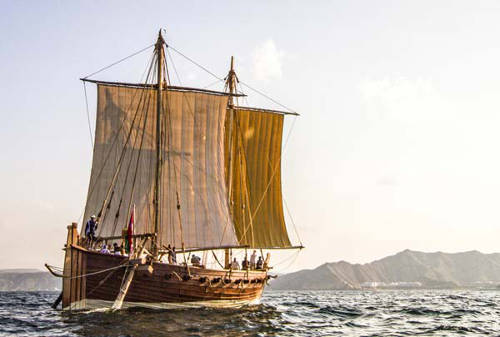
It was an unbelievable project - steam bending the planks for the ship, sewing them together with coconut fibre, making the heavy canvas sails. When the replica was finished, it was 18 metres long, 6.4 metres wide, and had a crew of 17, who lived in cramped and uncomfortable conditions.
With no engines, and using 9th century navigational equipment, the ship made a 5,000 km journey from its shipyard in Oman to its final berth in Singapore. The mammoth trip started in February 2010 and finished in July. Astonishing.
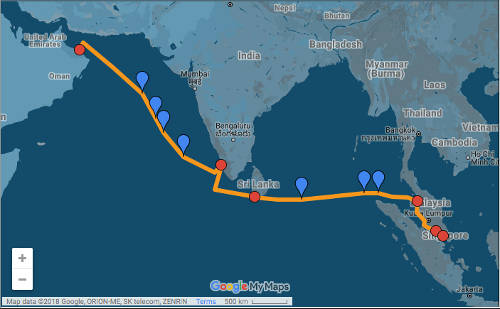
Useful links:
Would we go again? Definitely. In a different month.

Usual warning: we have made very effort to make sure this information is correct and up-to-date, but you need to check it all yourself.
© Garreg Lwyd Ltd 2017
